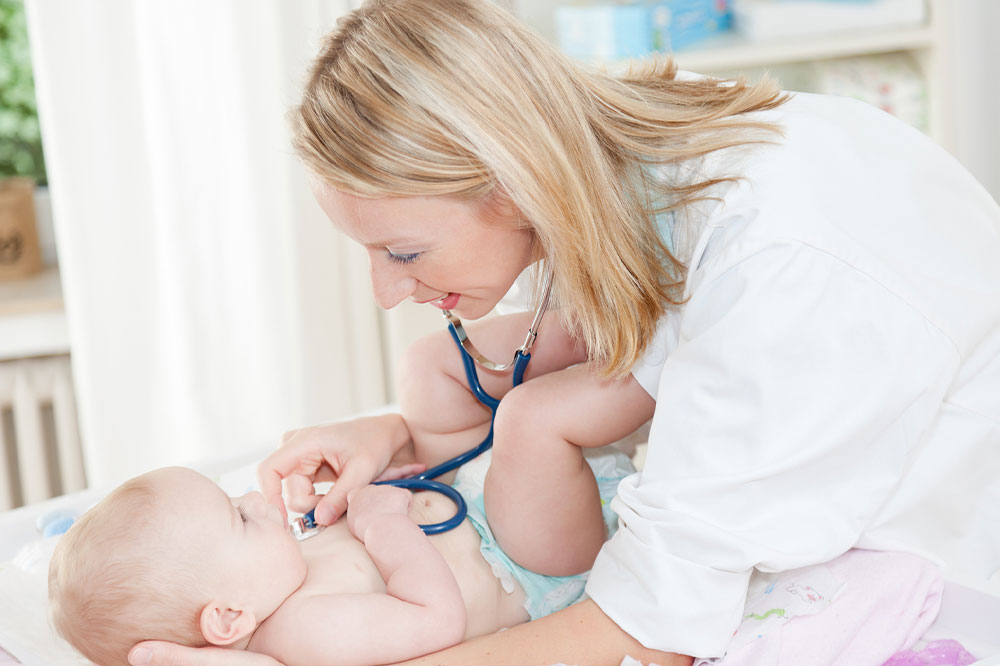
HFMD – Symptoms, causes, prevention, and more
Hand, Foot, and Mouth Disease (HFMD) is a contagious, mild viral infection caused by viruses from the enterovirus genus. The disease can affect people regardless of age; however, it is prevalent in young children under five years of age. It can spread from one person to another through surfaces contaminated with feces or direct contact with unwashed hands. In addition, it can also transmit through contact with a person’s respiratory secretions, saliva, or stool. Typical hand, foot, and mouth syndrome signs include rashes on the feet and hands and sores or blisters in the mouth. It is a mild condition and goes away in a few days.
What are the symptoms?
Hand, foot, and mouth syndrome might result in all of the following symptoms or only a few of them. These include a sore throat, fever, feeling sick, blister-like lesions (usually painful) on the gums, tongue, and inside of the cheeks, and rash on the soles, palms, or buttocks. These rashes may not be itchy but have blisters. Depending on one’s skin tone, the rash might seem gray, white, or red. They may also appear as tiny bumps. Loss of appetite and fussiness are some of the other symptoms.
The typical period from the initial infection to seeing the symptoms is three to six days. Children might develop a sore throat or get a fever. At times, they may lose their appetite and may not feel well. A day or two after the fever starts, the painful sores might show in front of the throat or mouth. A rash on the feet and hands, sometimes even the buttocks, follows it. Sores in the throat or the back of the mouth indicate herpangina, a related viral illness. Other signs associated with herpangina are sudden high fever and sometimes seizures. The sores may develop on feet, hands, or other body parts.
What are the causes?
The coxsackievirus strain, typically coxsackievirus A16, causes hand, foot, and mouth syndrome. This virus is part of a group of viruses known as enteroviruses. At times, other enteroviruses might also lead to HFMD. Viruses may easily transmit from one person to another, and one might get the disease via contact with the person’s feces, fluid from blisters, and saliva. In addition, the respiratory droplets sprayed in the air via sneezing or coughing may also expose you to the virus. Further, hand, foot, and mouth syndrome might transmit via direct contact with a surface containing virus traces or unwashed hands.
Who is at risk of developing HFMD?
Young children are most susceptible to this infection. The risk aggravates if they attend a school or daycare, as the virus usually spreads rapidly in these facilities. Once the child has been exposed to the virus that causes this disease, they develop an immunity to it. Hence, the condition rarely affects those over 10. But adults and older children may still catch the infection, especially if they have a weak immune system.
How is it diagnosed?
Merely by examining the blisters, the healthcare provider can usually diagnose HFMD. But sometimes, they may conduct stool tests or take blister and throat swap samples. When one has been exposed to the virus, they must inform their healthcare professional before scheduling the physical exam. The provider may recommend a virtual treatment plan over the computer or phone to safeguard others.
What is the treatment method?
Sadly, there is no vaccine or cure for HFMD. It mostly simmers down in a week or a maximum of 10 days. However, in the meantime, one can opt for the following treatment plan to make their child feel better:
- Cold showers can help soothe the rash.
- Some creams can be applied to soothe itching.
- Cold treats like smoothies, yogurt, or ice pop can be given to soothe a sore throat. Avoid soda and juice, as they may have a high acid content that might irritate the sore throat.
How can it be prevented?
Since there is no vaccine, one cannot 100% prevent hand, foot, and mouth syndrome. However, one can practice safe hygiene and cleanliness to avoid its spread. Some tips that can be followed are mentioned below:
- Don’t share drinking cups and utensils.
- Disinfect open surfaces.
- Wash hands frequently with soap and hot water.
Despite these actions, avoiding complete contact with others is usually not possible.




